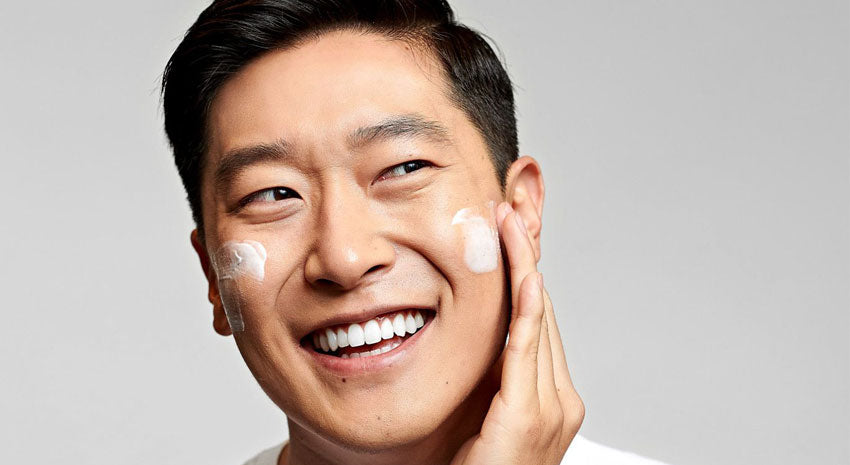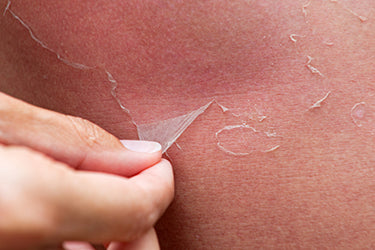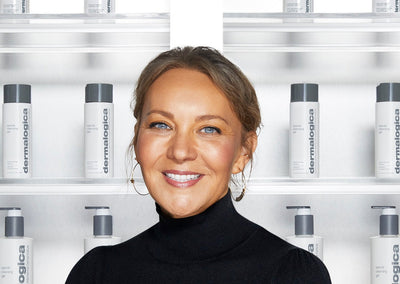3 min read
What is a sunburn?
05/20/2022 / Last Edited 05/30/2025We’ve all experienced a sunburn–they’re not fun. Learn about what a sunburn really is, how it’s caused, and how you can keep your skin protected.

Almost all of us have experienced sunburn – and many of us were probably not wearing sunscreen at the time. (Oops.) Maybe if we truly understood what was happening to our skin as we nonchalantly soaked up the sun for "just 10 more minutes," we wouldn’t be so lax.
A sunburn is the skin’s response to extreme ultraviolet (UV) exposure and indicates severe damage. In as little as 10 minutes of intense UV exposure, the skin sets into motion a system of defense against this enemy.
The first indication of damage is redness. This is the body’s inflammatory response in situations requiring repair and is a result of dilating blood vessels. The skin will then start to lose moisture and hydration, which will be apparent with a feeling of tightness. Slowly, skin cells will start to thicken and melanin (pigment) will be produced (tanning) in an attempt to stop the UV rays from penetrating through to the deeper layers and damaging the DNA of the cells.
Exposure of skin to high levels of sunlight may result in hypo or hyperpigmentation, which appears as irregular light or dark patches. The body is excellent at coping with minimal amounts of damage, but if exposure is greater than the body’s ability to repair and mop up, more serious consequences may result. If DNA is damaged and its repair mechanisms are inhibited, skin cancer may occur.

Why Does the Skin Peel?
Peeling after a sunburn is your body’s way of getting rid of the damaged cells that are at risk of "losing control" and becoming cancerous. Due to this danger, all damaged cells are instructed to sacrifice themselves by repair mechanisms within these cells. This mass death of cells results in whole layers of damaged skin peeling off, to be replaced by other cells underneath those layers.
I Have a Sunburn, What Should I Do Now?
First of all, you should take care of the cause of your problem: get out of the sun immediately. Drink plenty of water as you may be dehydrated. If skin is severely blistered, seek help from a medical practitioner. Otherwise it is important to take down the inflammation and try to reduce damage to the deeper layers of your skin.
Take a cool bath (no products added) and then blot skin dry. Avoid greasy creams, which prevent the skin from cooling and may make the situation worse. Rather, apply generously a soothing after-sun gel to red areas and then stay out of the sun and the heat. Look for ingredients such as Clove, Licorice, Lavender, Cucumber and Yucca to reduce irritation, pain and redness. Also look out for an incredible ingredient called Japanese Alder to accelerate the repair of UV-induced DNA damage. Couple this with ingredients such as Algae and Hyaluronic Acid to rehydrate the skin and you should be well on your way to a calmer skin.
And no, it is not then OK to go out into the sun the next day for another blast! Remember, your skin is still trying to heal and so must be kept out of direct sunlight for a good few days. Keep in mind, the skin is a great record keeper. Even with a great after-sun product, irreparable damage may have occurred in the form of premature aging or skin cancer that may only reveal itself later. Think twice next time you decide “just another 10 minutes;” –your immune system is listening!




